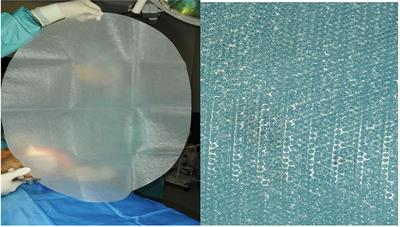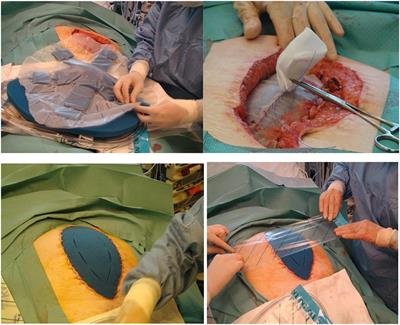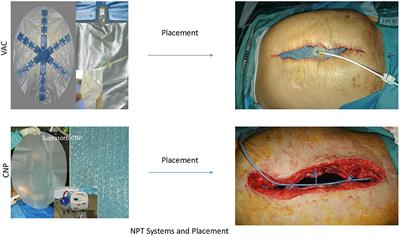EDITORIAL
Published on 21 Jun 2021
Editorial: Open Abdominal Treatment: How Much Evidence Do We Have?
doi 10.3389/fsurg.2021.696296
- 1,527 views
- 1 citation
10k
Total downloads
51k
Total views and downloads
EDITORIAL
Published on 21 Jun 2021
ORIGINAL RESEARCH
Published on 04 Jun 2021

ORIGINAL RESEARCH
Published on 29 Mar 2021

ORIGINAL RESEARCH
Published on 10 Feb 2021

ORIGINAL RESEARCH
Published on 09 Feb 2021

ORIGINAL RESEARCH
Published on 05 Feb 2021

REVIEW
Published on 20 Jan 2021

METHODS
Published on 15 Jan 2021

ORIGINAL RESEARCH
Published on 14 Jan 2021

METHODS
Published on 15 Dec 2020

SYSTEMATIC REVIEW
Published on 05 Nov 2020

ORIGINAL RESEARCH
Published on 04 Sep 2020
